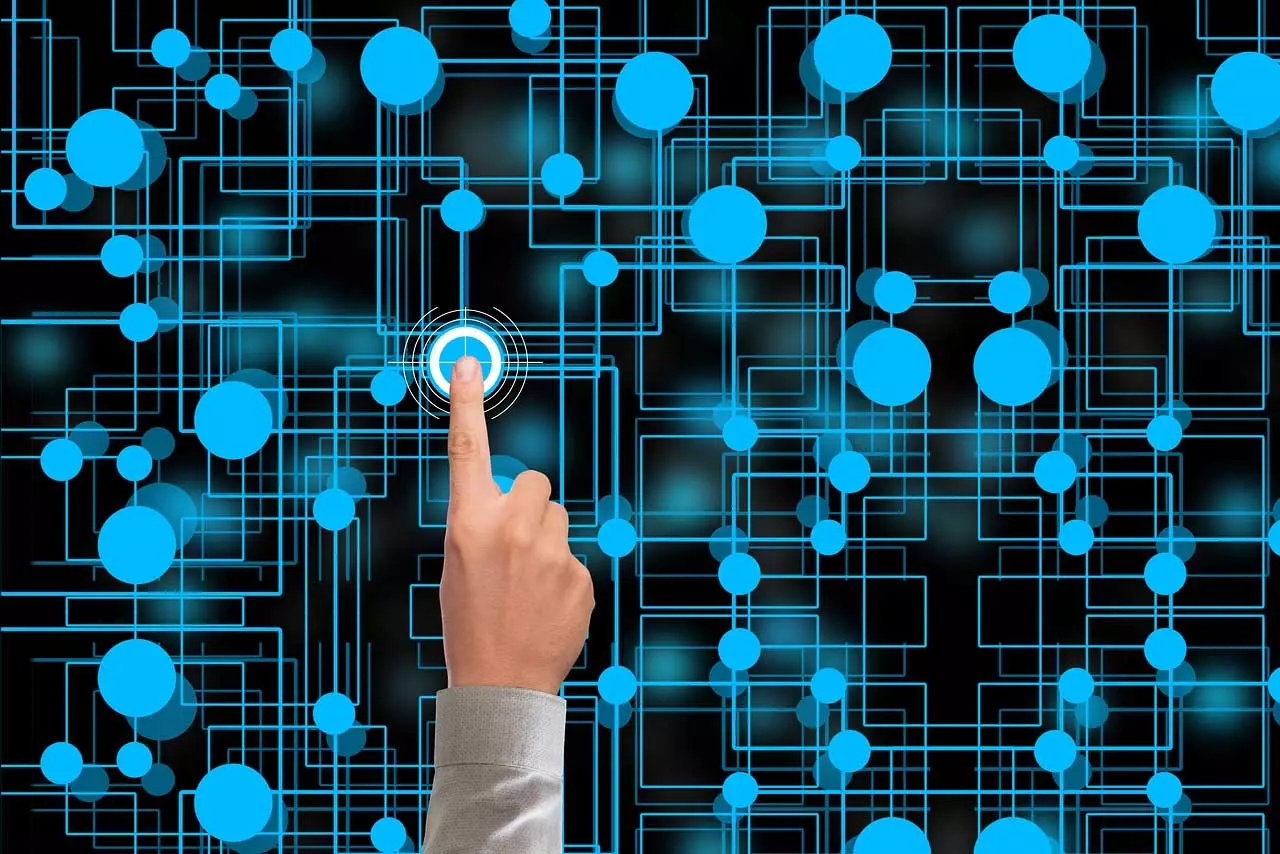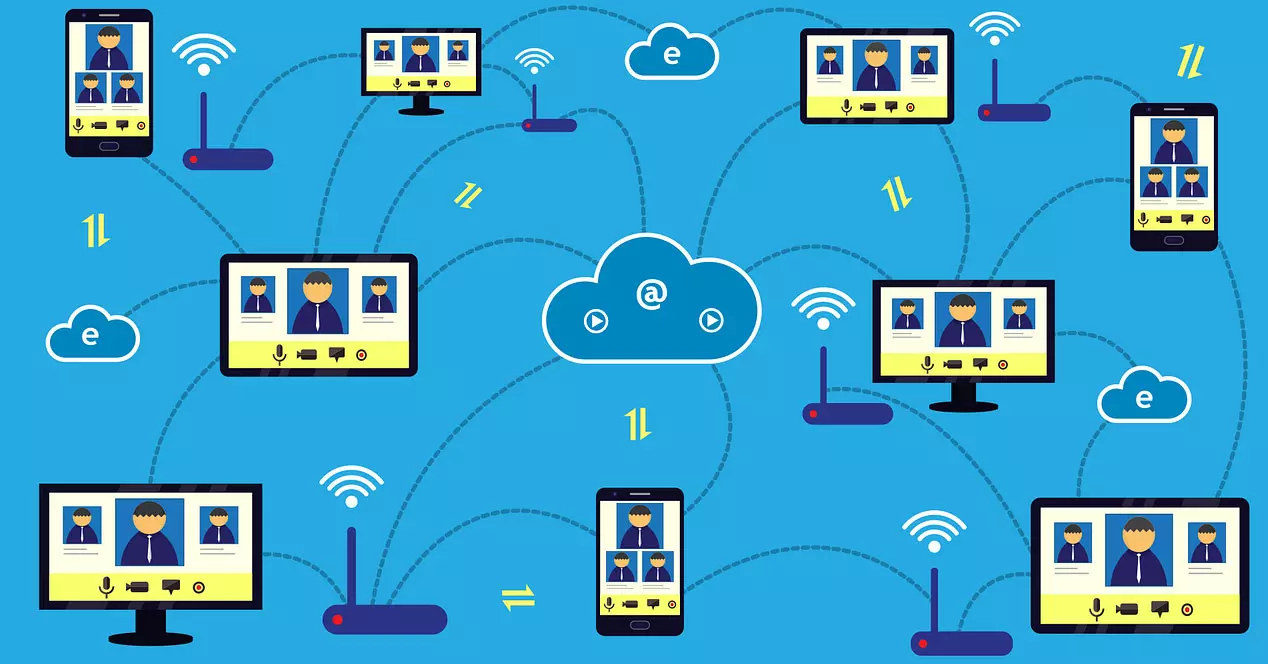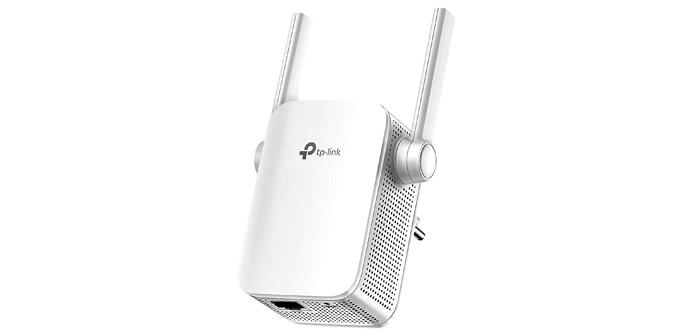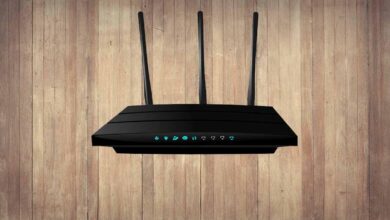
How a centralized network works
A centralized network, as the name suggests, is based on a central server, which is going to be the one that handles all the main processing. The other devices, such as computers in a workspace, will connect to that server and send the requests.
In other words, each device will act as a node. All of them are going to be peripheral nodes, except the central one. For each device to connect, it will have to go through that central server first. That is, they will not be able to communicate with each other without this intermediary.
For this to be possible, the receiver will have to know the sender’s message. That request is sent by each node to the central server. If we go back to the example we gave, that network of computers in a workplace will connect individually to the central team.
We can say that it works with vertical scalability. This means that it is the central server that will respond to a large number of peripheral nodes. There is no horizontal scalability, in which the nodes would communicate with each other and could obtain information.
Positive and negative points
This type of network is going to have some interesting factors, but it also has negative points. This makes it necessary to weigh what they are in each case and thus choose to use a centralized network or switch to an alternative, such as decentralized or distributed networks.
Advantages
Among the advantages we can mention its simplicity. For example, in an organization they would avoid having to keep all computers up to date and protected. Simply by keeping all the patches on the central server, you will avoid many problems that may arise.
Another advantage is that all the information will go through a core team. This makes it easy to track and collect data from the entire network, rather than going computer by computer. Makes it more efficient and manageable. Saving time is also a positive point. Any change that needs to be made, just go to the central node.
We can also highlight as a positive point that many teams will be able to access to a central node. This occurs in circumstances where many devices have to share information or access data. They can do it through this central server, which is going to provide all access.
Disadvantages
But it does have some downsides. Although as for security It can have some benefits, in case one attacker manages to break through the core team’s barrier, he could gain access to all the others. This would leave the entire network exposed.
You also have to take into account what would happen if that central node has any trouble. In a centralized network, everything will go through it. If the server goes down, the rest of the peripheral nodes will not be able to connect and that would be an accessibility problem.
In addition, there may be saturation. Consider a large number of nodes requesting access to the central server. There may be some error and hang due to high demand. It is another of the negative points that we can highlight.
The latter is also related to bottleneck that we can suffer. This occurs because central servers have a maximum limit of devices connected at the same time. If this limit is exceeded, for example in a wireless network where many devices are connected to Wi-Fi, difficulties could arise and even make it impossible to connect more devices.
What is it for
An example are the social networks. To use Facebook, we have to connect with our account to a central server and, in this way, contact other users, see content that someone else has published, etc. If that centralized node goes down, we can’t use the social network. The same with any other similar service.
We can also mention a system in which different devices have to access a server where the data is hosted. For example, in a company, all computers use a central computer to share and store information. Each node is going to connect to that central server, without which they could not function.
Another example could be the use of Wifi. We can connect a large number of computers to a router through the wireless network, but nevertheless they do not connect to each other. That is, we can connect a television, mobile, computer … Even access from one to another computer that is connected to that network. Now, in case we turn off the router, the connection would not be possible.
A database perfectly complies with the operation of centralized networks. All the information is located on a central server and is accessed from other devices and equipment connected to that central node. If that server fails, clients will not be able to access the database.
Conclusions of centralized networks
We can close this article by mentioning that centralized networks are present in many situations in our day to day. As we have seen, it has its positive points but also its limitations. Due to its nature, it will allow many devices to connect to the central server and not to each other.
This is a clear example of how a network works between different computers acting as clients and servers. The mention we made of Wi-Fi is a very clear example, since it is something that we constantly use in our day to day every time we connect computers to the network. If the router fails, all connected computers would be without access and being able to connect to the Internet.




